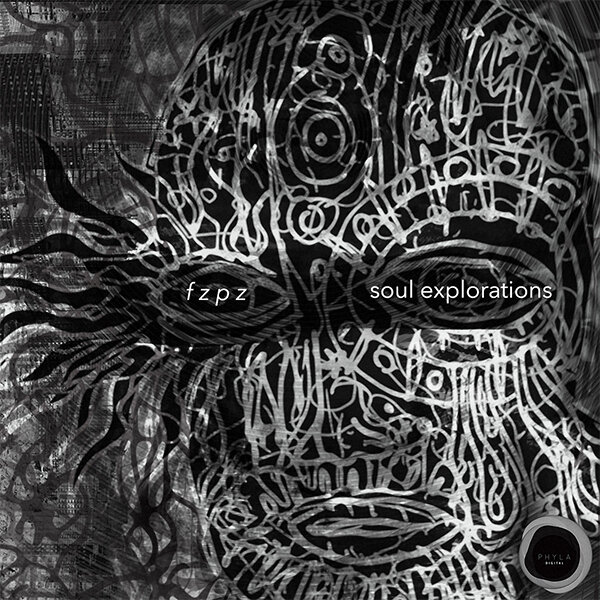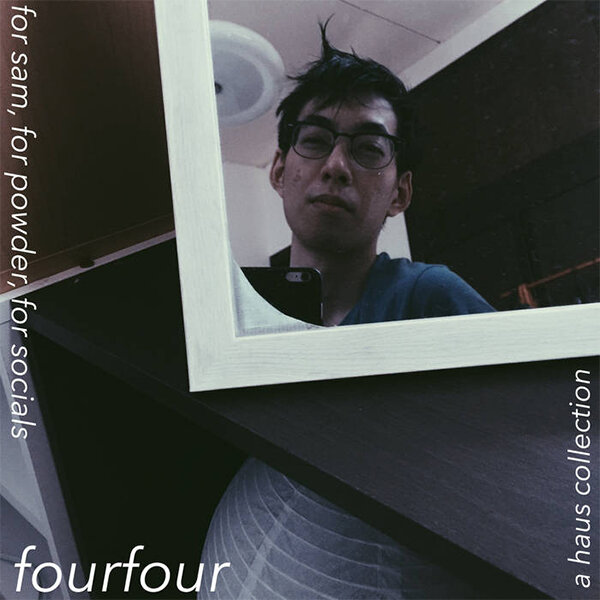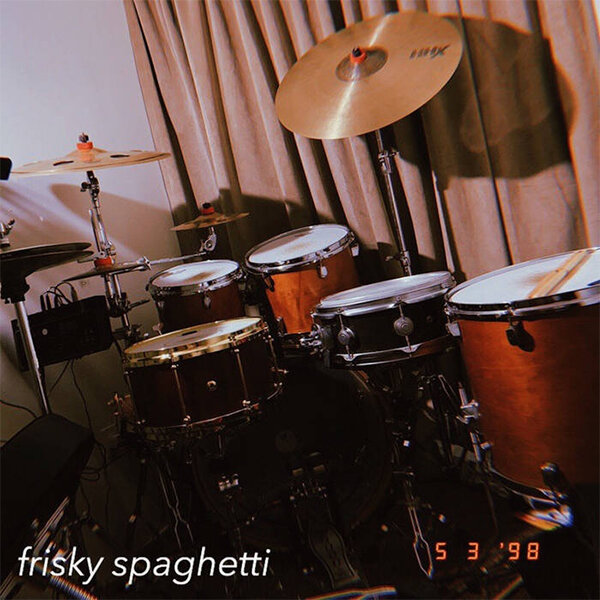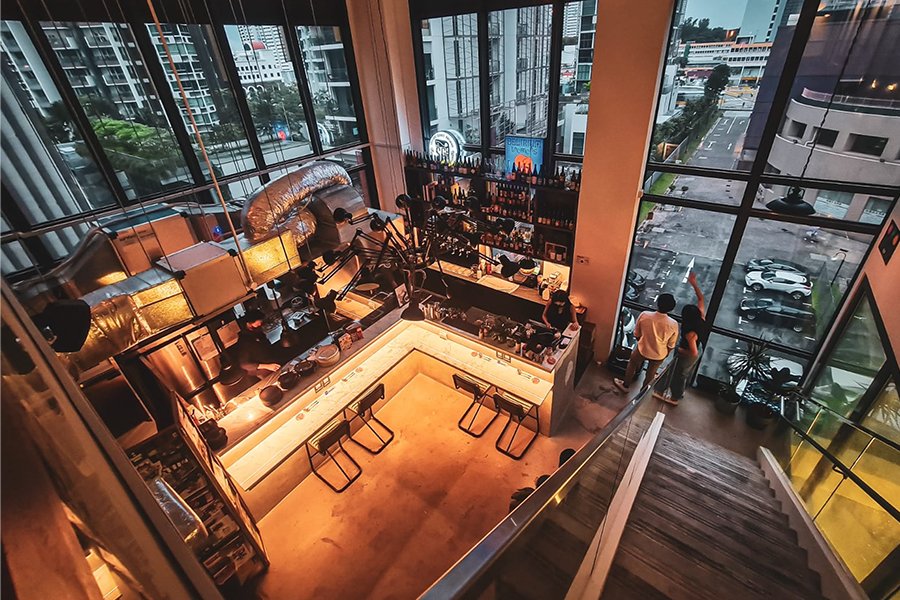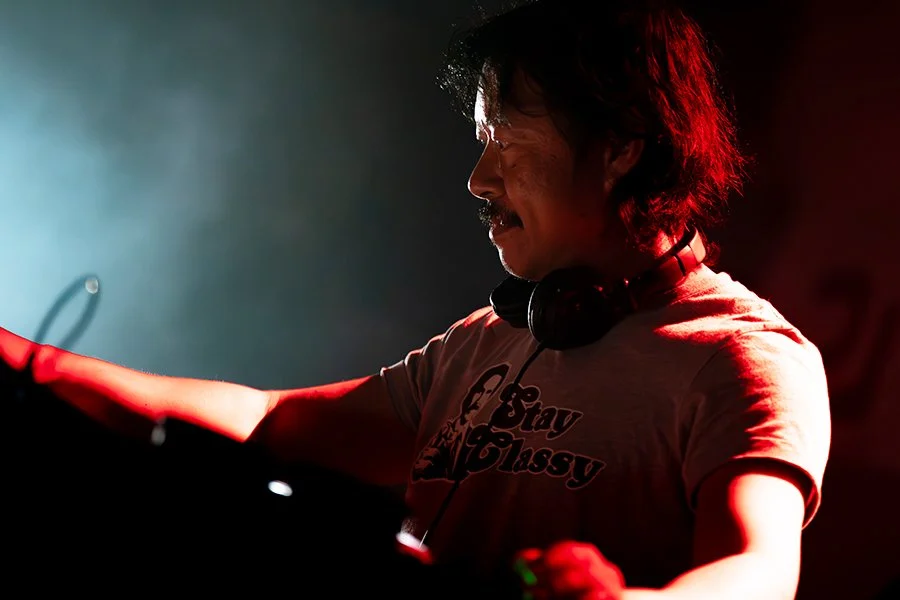Organic Electronic: Why Fzpz Is One Of The Most Complex Producers Of Our Time
The sound of Fzpz is simply unparalleled (Credit: Ungku Ibrahim)
Every now and then, you stumble upon a musician who’s not cut from the same cloth as everyone else, with a musical palette that’s undisputedly his or hers with no equal. When Jarren Lim first trickled into the scene as Fzpz, it was plain as day that his sonic imprint went against the grain, exposing a well-worn maturity beyond his years. 2014 was when I first encountered the prodigious, wizardous beatmaker opening for Montreal’s Blue Hawaii, and I remember making a mental tab that this was a kid who would go far if he played his cards right. Six years later, the capability of Fzpz still manages to excite me, and I’m certain my sentiments aren’t alone.
Jarren’s rise to prominence has been backed by the staunch endorsement of key entities within the local scene. Over the years, the sought-after producer has been invited to play at events organised by Good Times and Syndicate, and more recently on series such as United We Stream Asia and Uploading. And with homegrown labels, he’s even had tracks released on Phyla and Darker Than Wax. Collectively, the scene has shown a strong degree of faith in the infallible virtuosity of Fzpz, a skill tree that sinks its roots deeper and branches out further with each composition.
Fzpz has played at numerous events over the years including Good Times at Blu Jaz Cafe (Credit: Ungku Ibrahim)
What exactly is the standout appeal of Fzpz? For an electronic producer, Jarren sounds refreshingly organic. He adopts or emulates real-world instrumentation that claws its way out of the confines of a DAW, from the chubby blurps of a bass guitar to snappy, boom-bappy percussions. His background in jazz further adds complexity to his works, with minor chords weaving in and out in unpredictable, improvisational manner and insertions of bizarre tonal clashes. When assembled together, they make up pieces with ear-hugging warmth and treacly textures.
Yet with that said, his electronic expertise is just as adroit. His eclecticism with beat manipulation, sample looping and synth glitchery has forged a repertoire that’s spanned the domains of wonky, chill-hop, juke, house and beyond. Fzpz is a force to behold when he truly lets his imagination run rampant, and what’s fascinating is that we might not have even witnessed its full extent yet.
The artwork for Death Signs, the debut full-length of Fzpz (Credit: Vanessa Seah)
Attesting to this is the recent reveal of his Death Signs full-length, which exhibits a dual nature in its two halves – one with restrained, slower jams aggrandised with a handful of soul and r&b vocal collaborators; and a latter half that gets its groove on with more upbeat electronic experimentation. It’s an Fzpz platter, served hot and cold, with flavours for every taste. Or a road trip, where the languid scenic routes segue into a network of urban alleys. Its pro-instrumental anatomy lets you fit any sort of analogy you wish, and that’s exactly how Fzpz has designed his latest masterpiece, for you to sculpt your own interpretation.
Six years since our first encounter, I’m glad I’m still giving Fzpz the spotlight he deserves. In this interview, he shares about his chugging growth, his construction of Death Signs, and what he’s like when he’s not busy being Fzpz.
“I personally don’t like pushing the listener into a narrative.” (Credit: Samuel Foo)
Hey Jarren! Congratulations again on the new album. What would you say is the primary message you wish to convey with Death Signs?
Hey! Thank you so much and it’s a pleasure to be featured here. Well, there isn’t a main message to be put across per se, and I’ve left space in my compositions for the listener’s discretion and interpretation. I like to view whatever I’ve created as impressionistic pieces and that’s usually the goal for most of my work. Storytelling would definitely be a feature if I choose to go down that route but for the most part, I personally don’t like pushing the listener into a narrative. This results in songs that feel like you’re in limbo and I love that.
Unlike some of your previous works, Death Signs is more of a chilled-out, holed-in ride than an upbeat, danceable record; especially in the album’s first half. Was it a conscious decision to slow things down this time around?
Yes definitely. To me it was a break from all that amped up noise and I wanted to further explore thematic music from my previous EP, Hidden Personas. The true goal time and again was to create something different, so although the first half was chilled out, I wanted to create songs that weren’t in your everyday Spotify Chill playlist but at the same time sounding familiar. Death Signs started out as an initiative for me to try and work out collaborations with most of my insanely talented friends, so it became this Frankenstein of songs stitched together with a clear categorisation for both moody and dancey music.
The album then picks up in pace from track 10, “Subterranean Imagination”, onwards; exposing a fascinating duality in your craft while exploring bigger hooks and brighter rhythms. Can you tell us more about the album’s second half?
Well, for the second half, I wanted to explore alternatives to dance music and incorporate live instruments with electronic music elements and compositional formats. I would say it was definitely the tougher part of the album in terms of composition, defining the musical direction and putting it all together. I wanted to retain that musical element while trying not to push it too far. Guitars were definitely the primary focus here, since I realised I needed a repertoire of songs to play live. I wrote most of the songs stemming from guitar voicings and then expanding those ideas to different instruments.
“[Death Signs] became this Frankenstein of songs stitched together with a clear categorisation for both moody and dancey music.” (Credit: Jared Ryan Rezel)
You worked heavily with a few vocalists on this album. Did you gain any new insights when producing with a vocalist in mind? Was it more a liberating experience, or an exercise in compromise?
I have worked with vocalists before this album, but not at such a huge scale in terms of collaborations in a single album. It was definitely tough in terms of management and changing gears all the time when working on several tracks at once, since every track and vocalist required different approaches. Personally, when I collaborate, I tend to be really loose and ensure there’s an allowance of space for the other party to work with. If anything, I learnt that not everyone works or appreciates the same workflow as you and I learnt that I should have been more defined and stringent. I’m personally more inclined to work alone but at the end of the day, compromising was probably the only way things could be done.
“Truth be told, I played jazz guitar during my poly days from age 18 onwards, and realised I was complete garbage and would never make it far with my lack of discipline.” (Credit: Ungku Ibrahim)
The album retains your signature ‘organic flow’ in your tracks, made possible with the implementation of live instruments in the mix. In Death Signs, how much of it was played live? And are they all played by you?
For this album in particular, the focus around live instruments was primarily used to curb the mechanical repetitions in electronic music, so in a sense, I wanted to provide a realistic and relatable experience, hence the organic flow. No loops or clearly-defined and downloaded samples were used. All instruments were software instruments since I can’t play horns and do not have a live drum set. That would definitely be the goal in the future for a full recording session for my work. In essence, I composed and played all guitars, bass, keys, synthesisers, drum pads and sequencers; recorded all foley sounds and processed them all myself; processed and synthesised vocals with singing voice synthesisers; and did mixing and mastering. Collaborators had the bulk of the music with mostly vocals, lyrics and harmonies. The most interesting vocals I had were probably Shelhiel’s vocal harmonies since I love to work on harmony arrangement, and also ERI’s vocals which was actually a recording from an Instagram story she had.
The foundations of the tracks also hint at your background in jazz. How did you venture from jazz to electronic music? And how has the jazz discipline influenced the way you approach your songwriting?
I began as a classical guitarist from age six and have been playing the guitar ever since. Truth be told, I played jazz guitar during my poly days from age 18 onwards, and realised I was complete garbage and would never make it far with my lack of discipline. However, I still loved jazz but still loved exploring and venturing outside of music I currently understood. You know, I pocket those experiences like a Pokemon gym trainer going from gym to gym across continents, always learning and seeing how I can create my kind of music. Jazz has always been a big part and I felt like electronic music has always been that underdog being not as established over time as other notable genres. The primary goal, for me at least, is still to make music that’s Fzpz. I hope that these experiences, and trinkets from what I listen to and get inspired by, encompass what Fzpz is.
“I wanted to provide a realistic and relatable experience, hence the organic flow.” (Credit: Basil Tan)
There’s always a gooey, buttery texture to the layers in your tracks, making them rather hypnotising and entrancing. How do you achieve that lulling aesthetic in your sound?
I try to achieve that through composition, but have been delving into the focus of creating a dynamic soundscape and approaching songwriting with not much purpose and more on improvisation and flow. On the musical side of things, they include: careful selection of instruments, using less repetitions when composing, exploring different forms of music composition, refracting musical lines across many instruments, ensuring interaction between instruments, looking at the big picture and mapping a musical contour. On the audio side: incorporating foley recordings and processing them, ensuring and exploiting realism in audio with familiar sounds, and having an array of contrasting and new sounds.
I feel it is definitely more technical when it comes to balancing all of these audio and musical elements. I’d say being in control of both music and audio is a double-edged sword, in that you get a ton of creative freedom, but they’re still both two very different disciplines and there is no doubt they’d conflict at some point in time during my music creation process.
Fzpz with his Hidden Personas EP released in 2018 (Credit: Dean Chew)
Do you have a pre-set bank of saved ‘Fzpz -like’ plug-ins and synths? Or are you always exploring and expanding your production toolset?
Man, I have been sticking to my standard Logic and Kontakt libraries from the get-go and haven’t been exploring heavily for the past year or so. But if you didn’t already know me, Fzpz definitely loves his electric pianos haha, so Lounge Lizard or Keyscape are staples to me. I love retro synths and vintage keyboards as well and in particular, the DX7s, Moogs, CS80s, Motifs are emulators I have with me and would love to have physically one day. However, I do have a Logic template where I start with these layout of plugins from the get-go and select each instrument with MIDI inputs from my keyboard and with audio-ins from my audio interface for recording guitars or foley or vocals with my microphone, much like in a recording studio but all in the box.
“I’d say 80% of the time spent on work is done within the box and the last 20% is from recording and mostly demo or draft recordings.” (Credit: Courtesy of Fzpz)
What about your studio setup? Can you give us a breakdown of the hardware?
Well, I don’t have an elaborate or extensive setup, but for starters the brains are definitely my 2019 Macbook. It’s hooked up to a pair of Yamaha HS5s through my simple Wharfedale channel mixer. I have a Fender Stratocaster for when I want to record some funky or rhythmic guitars, a Gretsch Bigsby and Epiphone ES335 for clean and jazzy solo recordings, a Gibson Les Paul and Hamer for heavy recordings, a Yamaha concert grand for classical guitar recordings, and an Epiphone EJ200 and a cheap TGM for acoustic guitar recordings. For keys, I have a really old Kawai MIDI keyboard with a smaller Yamaha CS emulator synth stacked on top which I mostly use for triggering MIDI. I hook up my MPD32, Novation Launchpad and APC40 Mk2 to Logic Pro and map my drum and foley sample triggering. I’d say 80% of the time spent on work is done within the box and the last 20% is from recording and mostly demo or draft recordings.
Fzpz performing at the renowned Cakeshop in Seoul (Credit: Rohd)
That’s a lot of gear! You’ve come a long way since your breakthrough in 2014, which got you huge exposure amongst critics, punters and even labels. Today, there’s still plenty of hype with every release you throw out. How do you feel about this consistent stream of support?
It’s absolutely been an honour and I really appreciate all the support and listeners out there for sticking by for so long, despite my moments of absence and times when I was trying to conceptualise and figure out where my music was headed. Even for me, listening back to my music back from 2015, I’m relieved to have made the decision to put out quality over quantity work, and it definitely shows, in my opinion, that it aged well. I really appreciate the supportive underground electronic music scene, especially in Singapore, and I feel really at home with people around me in the scene.
Click on each artwork to listen to previous material from Fzpz.
Lockdown has been a tough rut for many. But as a producer, has it been a productive time for you?
It’s definitely been tough for all of us and especially those who solely rely on the music and entertainment industry to put meals on the table. It’s also been such a blow to come to a realisation that our craft might not be of daily necessity to the commonfolk. Deep down I believe that we know we cannot survive without art, music, expression and entertainment. Personally, during this time, it’s been a limbo for me and I guess the laid-back routine for the second and third quarter of the year had been rather unproductive, despite the influx of time on my hands, which I used most of the time to relax. I feel I create better music and work better when I’m down or when I’m out and about experiencing things.
Beyond music, Fzpz still manages to find time for the simple things in life (Credit: Shafiq Roslan)
Speaking of which, what is the life of Jarren really like outside the studio?
Well, I love exploring music and love listening to new stuff as well as talking about it, so if any of you out there would like to share your music or music that you like, do share it with me! Aside from that, I still enjoy playing the guitar as well as teaching, both classical and contemporary, after all these years. I’ve been also trying to learn more piano, and have been on the fence about learning the alto sax or trumpet. I guess for the past few months during and prior to lockdown, I’ve been spending time with my girlfriend, working, learning to take photos with my DSLR, playing with photo editing as well as video editing, watching movies, and playing computer games with friends (mostly Valorant since I love FPS games, and Among Us with eight to 10 friends). But yeah I don’t know, that just sounds like an average Joe to me, but I guess I like to create and discover on top of all those things!
You can now listen to Death Signs by Fzpz on Bandcamp and Spotify. Follow his Facebook and Instagram pages to stay updated with his activities.
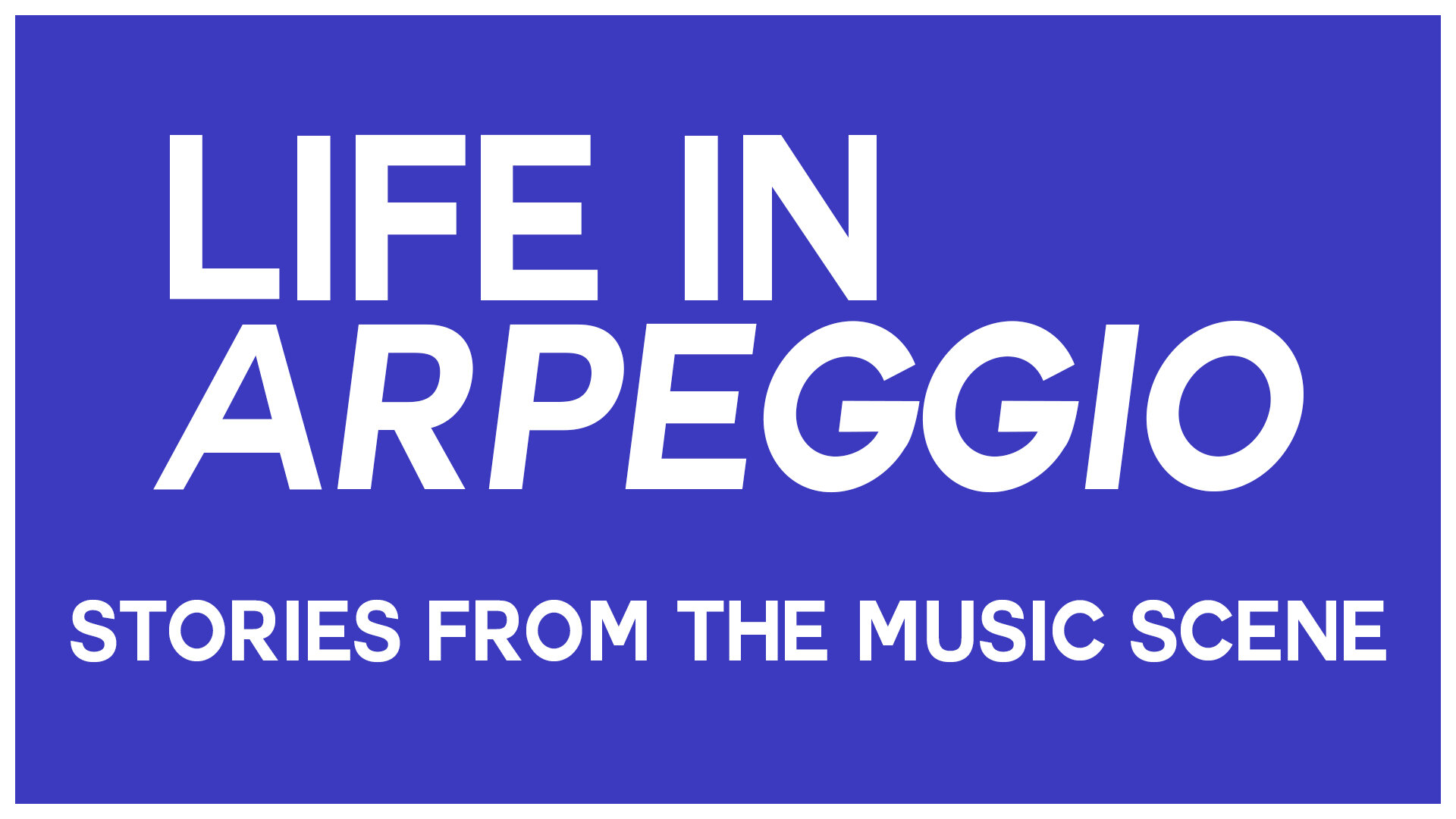




![“[Death Signs] became this Frankenstein of songs stitched together with a clear categorisation for both moody and dancey music.” (Credit: Jared Ryan Rezel)](https://images.squarespace-cdn.com/content/v1/5bcc4044348cd95e1711b02c/1603859228447-6X64YY24OONT1Q4WU5WK/life-in-arpeggio-fzpz-interview-death-signs-electronic-local-producers-singapore-05.jpg)





